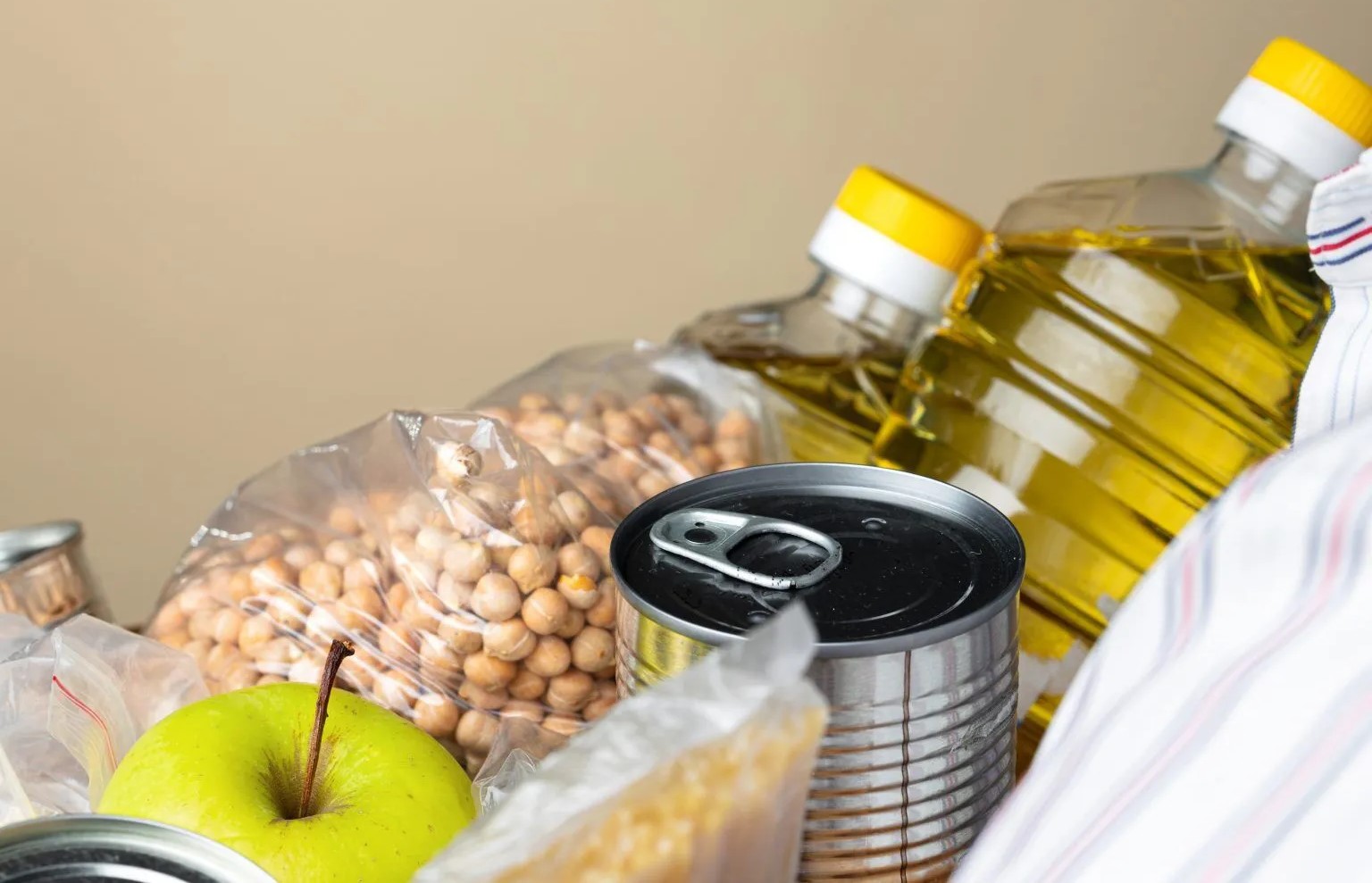Last Updated on February 27, 2025 by Admin
Ensuring food safety and quality is paramount for public health and consumer trust. Comprehensive regulations and standards govern the food industry to safeguard these principles. This article provides an overview of the critical aspects of food safety and standards regulations, including labelling, industry safety, packaging standards, and overarching requirements.
Food Labelling Regulation
Food Labelling Regulation is pivotal in ensuring consumers are well-informed about their food. It mandates clear, accurate, and comprehensive labelling of food products, covering ingredients, nutritional information, allergen warnings, and expiry dates.
-
The Importance of Accurate Labels
Food labelling regulation is a critical component of food standards regulations. Accurate labelling helps consumers make informed choices about the food they purchase and consume. By providing transparent and precise information, food producers can ensure compliance with legal requirements and foster consumer trust.
-
How Do Global Standards Affect Labelling?
Food labelling regulations vary globally, but they share common goals: to inform and protect the consumer. Compliance with these regulations requires manufacturers to stay updated on changes and adapt their labels accordingly. This continuous adaptation meets regulatory demands and addresses consumer health concerns and preferences. Important global labelling standards include the Codex Alimentarius, which the FAO and WHO manage. Additionally, the Global Food Safety Initiative (GFSI) benchmarks various food safety standards, including SQF, BRC, and IFS, that influence labelling requirements to ensure the safety and quality of food products.
-
Challenges and Solutions
The dynamic nature of food labelling regulations presents challenges, especially for international food businesses. Many companies employ regulatory experts and invest in staff training to overcome this complexity. Technological solutions, such as software that tracks regulatory changes, are also increasingly common.
Safety Standards for Food Safety
Food Industry Safety Standards are critical frameworks designed to uphold the safety and quality of food throughout its production, processing, and distribution phases. These standards encompass practices and procedures to prevent contamination and ensure food is safe for consumption.
-
Setting the Bar for Safety
Food industry safety standards are designed to ensure food products are safe to eat from farm to fork. These standards cover various processes, including production, processing, distribution, and sale. They are vital in preventing foodborne illnesses and ensuring public health.
-
How Important Is Compliance Across the Supply Chain?
Compliance with food industry safety standards requires a concerted effort across the supply chain. It includes adopting good agricultural practices, implementing hazard analysis and critical control points (HACCP) systems, and ensuring hygienic handling in retail environments.
-
The Role of Certification
Certification of food safety and standards plays a crucial role in demonstrating compliance. Certifications such as ISO 22000, SQF, and BRC are not just badges of honour; they signify a company’s commitment to maintaining high safety standards and enhancing consumer confidence.
Read Also – Learn All About Food Safety Management : ISO 22000
Food Packaging Standard
The Food Packaging Standard sets the criteria for materials and processes used in food packaging, ensuring that packaging does not compromise food safety or quality. It focuses on the suitability of packaging materials, preventing contamination, and maintaining the integrity of the food product during storage and transportation.
-
Protecting Product Integrity
The food packaging standard is integral to maintaining the safety and integrity of food products. Effective packaging protects against contaminants, extends shelf life, and provides essential information to consumers. Materials used in food packaging must comply with food standards regulations to ensure they are safe and do not negatively affect the food product.
-
What Role Does Innovation Play in Packaging?
In recent years, the focus on sustainability has led to innovations in food packaging. Biodegradable materials and reusable packaging options are becoming more prevalent. However, these innovations must balance environmental benefits with the fundamental requirement of safeguarding food safety and quality.
-
Regulatory Compliance
Compliance with food packaging standards involves rigorous testing and certification processes. Packaging materials must be effective and safe for direct contact with food, and regulations ensure that substances from packaging do not migrate into food in harmful amounts.
Requirements Of the Food Safety Standards
The requirements of the Food Safety Standards encompass a broad spectrum of regulations and guidelines that food businesses must follow to ensure the safety and quality of their products. These standards are designed to protect consumers by minimising risks associated with foodborne illnesses, contamination, and improper handling.
-
Ensuring Public Health
The primary goal of food safety and standards is to protect public health by reducing the risk of foodborne diseases. This is achieved through comprehensive regulations covering every food production and distribution aspect.
-
How Does Continuous Improvement Enhance Safety?
Food industry regulations encourage continuous improvement in safety practices. These regulations ensure that food businesses constantly strive to enhance their safety protocols by mandating regular audits, risk assessments, and corrective actions.
-
Global Harmonisation
As the food supply becomes increasingly global, there is a growing need to harmonise food safety and standards. It involves creating universally accepted standards and practices that ensure safety and quality, regardless of the food’s origin.
Conclusion
Adhering to food safety and standards regulations is not just a regulatory necessity but a commitment to public health and consumer trust. The complexity and breadth of these regulations highlight the importance of comprehensive training from a reputed institution. Such training ensures that professionals in the food industry are well-equipped with the knowledge and skills to effectively implement food industry safety standards, food labelling regulations, and food packaging standards. Investing in high-quality education and training from recognised institutions is crucial for businesses aiming to maintain the highest levels of food safety, meet regulatory requirements, and uphold the integrity of their products in the competitive food market.













